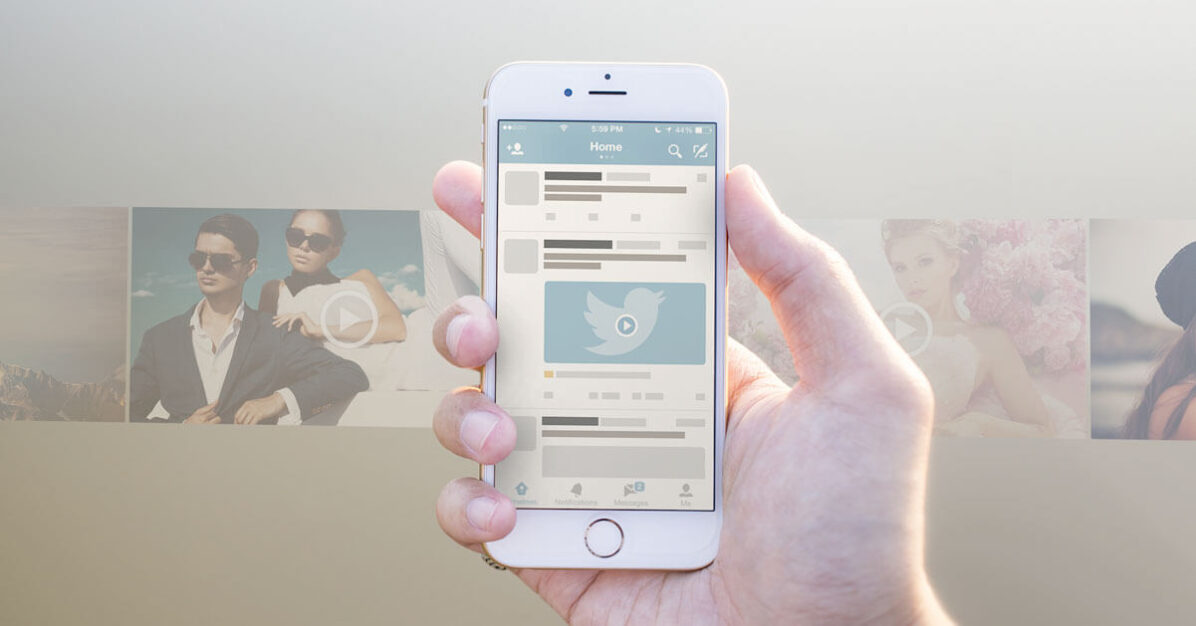Twitter Video Ads: Seizing the Moment

Twitter is where conversations are sparked and ideas spread like wildfire around the globe. With many of its 300+ million monthly active users turning to Twitter to stay informed on current events, the platform provides the perfect opportunity for advertisers to capitalize on popular topics and reach users when they care the most: as it’s happening.
What Can You Buy?
Advertisers can buy video ads in two formats that appear in the Twitter feed: Promoted Video Tweet, and Promoted Tweet with an attached Player Card.
No one will know you're a zombie. Don't worry you brain hungry monsters. #TheZombiesGuide #iZombie #ReadingNow pic.twitter.com/ty0GoOWgmE
— shomi (@shomicanada) May 18, 2015
Promoted Video Tweets showcase videos that are uploaded directly to Twitter (these can be up to 10 minutes long), using a headline to help grab user attention and a call-to-action to encourage offsite conversions. These are autoplay on mute and are easy to set up, but require video to be uploaded to Twitter directly before creating the Tweet. The first few seconds of your videos should be extremely eye-catching and not dependent on sound. Read more here.
Promoted Tweets with attached Player Cards highlight videos that are uploaded elsewhere—on YouTube, for instance—using Twitter’s embedded player or a simulated browser window. Referenced videos must be 30 seconds or less. These do not autoplay and require more set-up time as they demand custom development work and a separate approval process. The upside? They offer an always-visible CTA button and they can also be embedded in external websites for a unified experience.
What Counts as an Impression or a View?
As with Facebook, YouTube, and Instagram, the ad being served counts as an impression. However, Twitter is the stricter of the social platforms, only counting views if a video is 100% in-view on the user’s device and has been watched for at least three seconds, or if a user actively clicks to watch the video in full screen. This means that your CPVs may be higher but you can expect these to be attributed to more quality views.
How Do You Buy Ads?
Twitter uses on an auction-based buying system, in which your bid type is defaulted based on your campaign objective.
For video view campaigns, Twitter uses CPV bidding and advertisers pay per video view; however, you can’t bid for impressions. One of the great upsides of this is that any other engagement and impressions are free! All favorites, follows, clicks, replies, retweets are a delightful by-product. Pro: you only pay when users actually view your video, free engagements and impressions. Con: you can only choose CPV bidding if your campaign objective is for video views—you cannot bid CPV for an engagement campaign.
For engagement, app install and other campaigns, Twitter uses the appropriate bidding for that campaign objective; for example, CPC bidding for an app install campaign that uses video creative to drive users to the app store. Pro: ability to use video creative to achieve non-video view related objectives. Con: delivery is optimized for your campaign objective and not for achieving video metrics; furthermore, video views are not counted as an “engagement”, so you may have issues with achieving scalable delivery.
If in doubt, think about what you’re actually trying to achieve with your campaign. Are video views your goal KPI, or is it ultimately a “nice to have” metric?
What Can I Learn About My Videos?
Twitter offers reporting on many video-centric metrics, including: impressions, views (three seconds or more), 25-50-75-100% completion, CPV, CPCV, VCR, etc.
AdParlor Recommends:
Videos no more than 30 seconds long. For non-video view campaigns, do not mix and match text/image and video creative. In other words, have video creative only in that campaign to maximize the likelihood of scalable delivery.
Don’t Forget Snapchat and Vine: Home of the Millennials
Snapchat, the mobile video network known for its ephemeral messages, averages two billion views per day, and is an intriguing social video platform for brands. Snapchat’s targeting options are limited to some interest categories, gender and location. But even those can be effective, especially if your target consumer is a Millennial—a group making up the vast majority of Snapchat users. Downside: advertising opportunities on Snapchat are currently restricted to a small subset of brands.
Last but not least, Twitter-owned Vine is a six-second autoplay, looping social video network. At the moment, there’s no traditional advertising on Vine, but several companies are doing creative branded work on the platform.
There’s a lot of untapped advertising potential with both Snapchat and Vine—so stay tuned!
Show, Don’t Tell with Twitter
What better way to get people talking—with eye-catching, highly relevant videos when the topic is hottest! Videos are visually engaging and exciting and offer you the ability to reach your users with your message by showing, not telling. What’s more is they will remember it; eMarketer reported in August 2015 that users demonstrated over 80% ad recall across mobile and desktop devices for video ads. That’s an impressive figure, to say the least. The time is now—make the most of the moment.